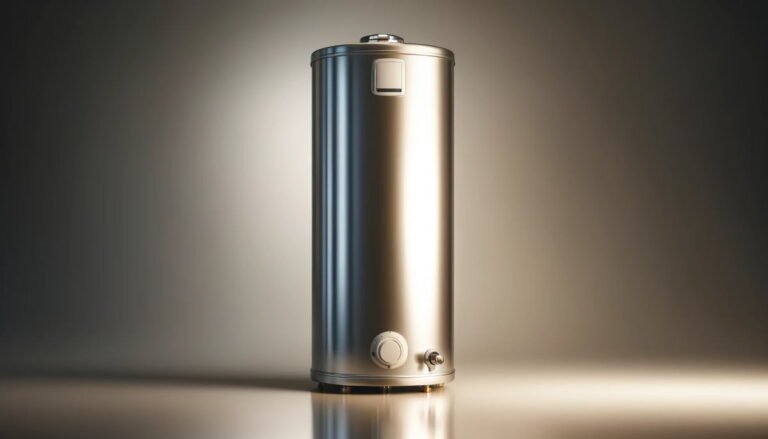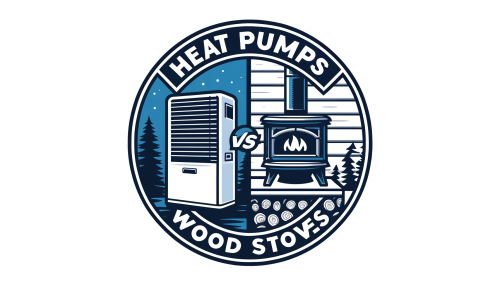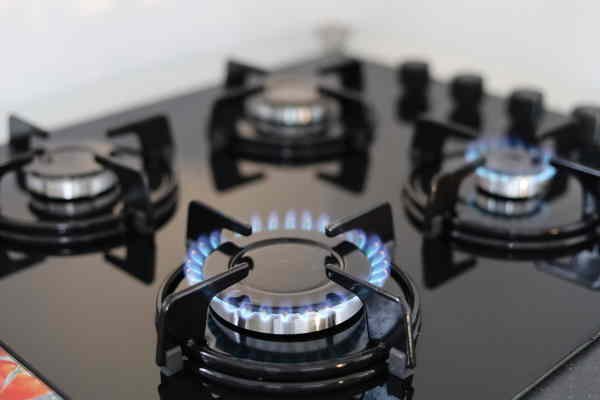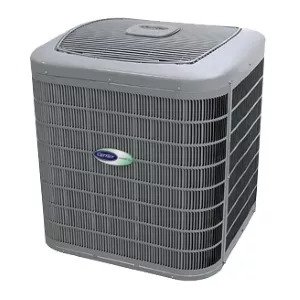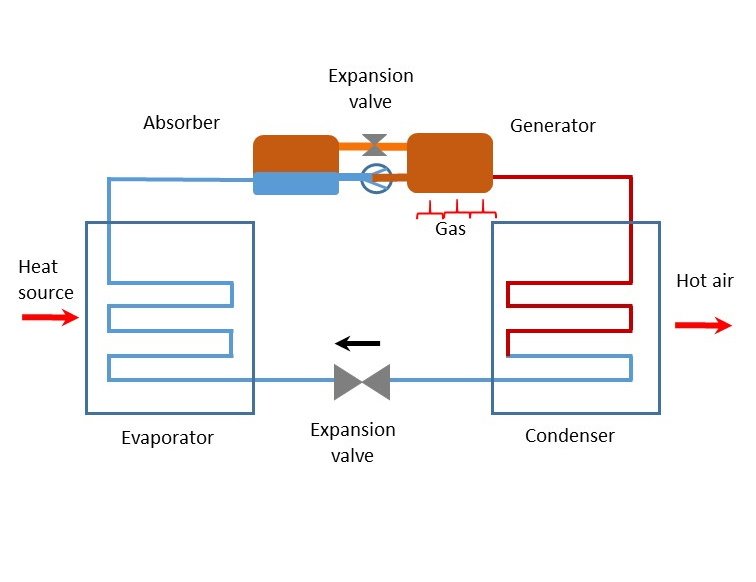Expert Tips on Sizing a Tankless Water Heater
Switching to on-demand heating can be a game-changer for your home, but sizing a tankless water heater correctly is crucial. Unlike traditional models that keep a large tank of water hot and ready to use, tankless models heat water on demand, running through the heat exchanger. This means you’re not paying to keep water hot all day, which can save you money and energy.
Getting the size right is essential. If you go too small, you’ll find yourself with lukewarm showers and frustrated family members. If you go too big, you might end up spending more than necessary on the unit and installation.
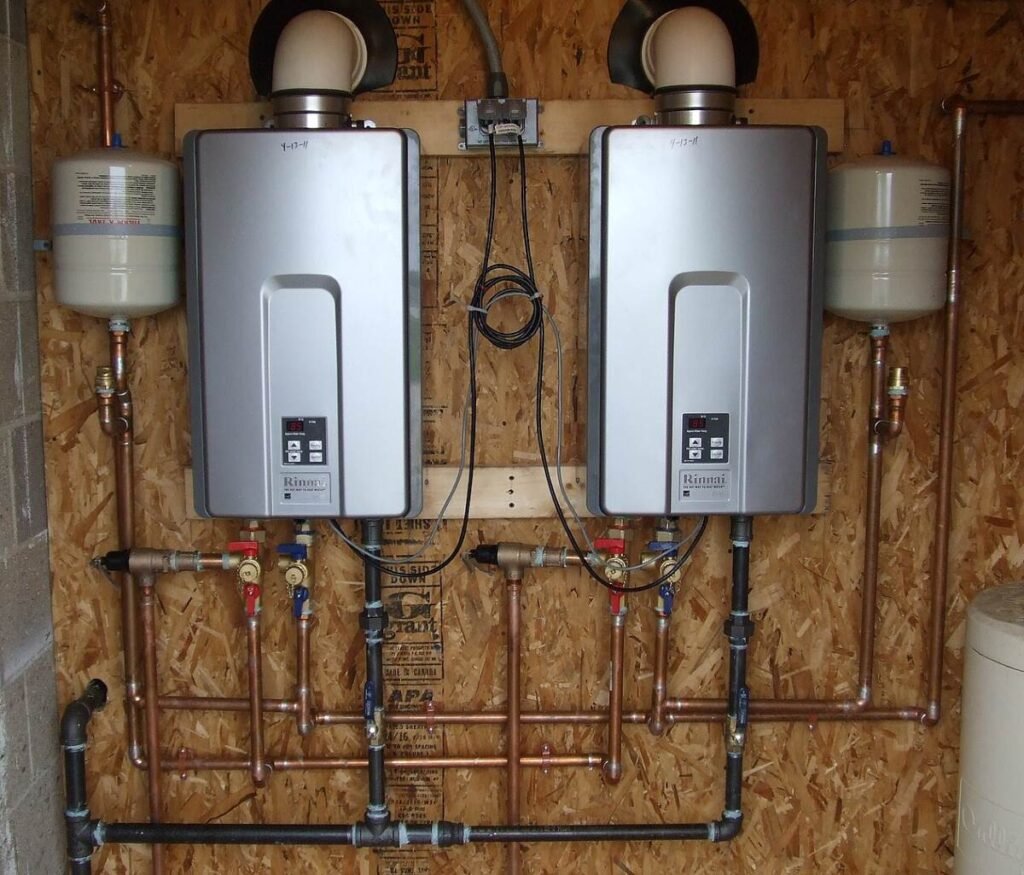
In this guide, we’ll walk through the key points you need to consider to ensure you choose the right tankless water heater size for your needs. From understanding your household’s hot water usage to calculating flow rates and temperature rise, we’ll cover it all. So, keep reading to make sure your new heating device is a perfect fit.
Things to Consider When Sizing a Tankless Water Heater
Understanding Your Household Needs
To size a tankless water heater accurately, understanding your household’s specific needs is the first critical step. This involves assessing the number of occupants in your home and their typical hot water usage patterns. Both of these factors will directly influence the size and capacity of the tankless water heater you need.
Number of Occupants
The number of people in your household significantly impacts hot water demand. Here’s a general guideline:
- Single Occupant: A single person may only need a flow rate of 2-3 gallons per minute (GPM) since hot water usage is likely to be limited to one fixture at a time.
- Couple: A couple may require around 4-5 GPM to account for simultaneous use, such as one person showering while another is doing dishes.
- Family of Four: A typical family of four might need 6-8 GPM to ensure that multiple showers, laundry, and dishwashing can occur simultaneously without a drop in water temperature.
- Larger Households: For households with five or more occupants, the required flow rate can increase to 9-12 GPM, especially during peak usage times.
Typical Hot Water Usage Patterns
Understanding how and when your household uses hot water is just as important as knowing how many people are in it. Here are some typical usage patterns and their estimated GPM:
- Showerhead: 2.5 GPM
- Kitchen Faucet: 1.5 GPM
- Bathroom Faucet: 0.5-1.0 GPM
- Bathtub: 4.0 GPM
- Washing Machine: 2.0 GPM
- Dishwasher: 1.5 GPM
These values can vary based on the fixture type and water pressure, but they provide a good starting point.
To illustrate this, consider a typical peak usage scenario in a family of four:
- Two people showering simultaneously: 2.5 GPM + 2.5 GPM = 5.0 GPM
- One person using the kitchen faucet: 1.5 GPM
- Another person using the bathroom sink: 1.0 GPM
In this scenario, the total peak hot water demand would be: 5.0 GPM + 1.5 GPM + 1.0 GPM = 7.5 GPM.
This means you need a tankless unit that can handle at least 7.5 GPM to meet your peak demand.
Factors Influencing Tankless Water Heater Size
When sizing a tankless water heater, two main factors need to be considered: flow rate requirements and temperature rise. These elements ensure that your unit can meet your household’s hot water demands efficiently.
Flow Rate Requirements
Flow rate, measured in gallons per minute (GPM), refers to the volume of water that flows through the tankless heater each minute. This determines how many fixtures (e.g., showers, faucets) can simultaneously receive hot water at the desired temperature.
Example Calculation of Total Flow Rate
Imagine you have the following simultaneous hot water usage during peak times:
- Two showers running: 2.5 GPM each
- One kitchen faucet running: 1.5 GPM
- One bathroom faucet running: 1.0 GPM
The total flow rate required would be: 2.5 GPM + 2.5 GPM + 1.5 GPM + 1.0 GPM = 7.5 GPM
Temperature Rise
Temperature rise is the difference between the incoming cold water temperature and the desired hot water output temperature. This is crucial because it determines how much the heater needs to heat the incoming water to reach the desired temperature.
To calculate the required temperature rise, determine the incoming water temperature and the desired output temperature. For example, if the incoming water is 50°F and you want it at 120°F, the temperature rise needed is 70°F.
Example Calculation
If you have a total flow rate requirement of 7.5 GPM and an incoming water temperature of 50°F with a desired output of 120°F, your tankless water heater needs to raise the temperature by 70°F while delivering 7.5 GPM.
Additional Considerations for Sizing a Tankless Water Heater
When selecting and sizing a tankless water heater, several additional factors can influence your decision. These include climate and regional differences, the energy source, and installation requirements.
Climate and Regional Differences
The temperature of incoming water can vary significantly depending on your geographical location and the time of year. In colder climates, the incoming water temperature can be as low as 40°F or even lower in winter, while in warmer climates, it might be around 70°F.
In areas with colder climates, the tankless unit needs to work harder to heat the incoming water to the desired temperature. For instance, if the incoming water temperature is 40°F and you need it to be 120°F, the heater must raise the temperature by 80°F. This higher demand can reduce the unit’s flow rate because it needs more energy to heat the water.
In warmer regions, where the incoming water temperature is closer to 70°F, the required temperature rise is less. Consequently, the tankless water heater can deliver a higher flow rate because it needs less energy to heat the water.
Energy Source
Tankless water heaters are available in both electric and gas models, each with its own advantages and considerations:
Electric Models: Easier to install, require less space, and have a lower upfront cost, but come with higher operational costs in areas with high electricity rates. They offer limited flow rate and temperature rise compared to gas models, making them best for smaller households with moderate hot water needs in locations with lower electricity costs.
Gas Models: Offer higher flow rates and better performance in colder climates due to significant temperature rise capacity, and they are typically more efficient. However, they have a higher upfront cost, require proper venting, and involve more complex installation, possibly needing a larger gas supply line.
Installation Requirements
Proper installation is crucial for the efficient operation of a tankless water heater. Here are key installation considerations:
- Space: Tankless water heaters are more compact than traditional tank models, but they still need adequate wall space for proper installation. Electric models require less space than gas models due to the absence of venting requirements.
- Venting: Gas models need proper venting to expel exhaust gases. This can be achieved through direct venting, which uses both an intake and an exhaust pipe, often installed through a side wall or roof. Venting requirements add to the installation complexity and cost.
- Location: The unit should be installed close to the points of use to minimize the wait time for hot water and reduce heat loss through pipes.
Electrical or Gas Line Upgrades
Depending on your choice of tankless water heater, you may need to upgrade your home’s electrical or gas infrastructure.
Electric units may require an upgrade to your home’s electrical panel to handle the increased load. This could mean adding a new circuit or upgrading existing wiring to accommodate the higher amperage demand.
Additionally, gas models often require a larger gas line to supply enough fuel to the heater, especially if you are upgrading from a traditional tank model. This could involve significant plumbing work to ensure adequate gas flow.
Optimize Your Tankless Water Heater Size with These Calculators
Use these calculators to determine the on demand unit for your home, ensuring you never run out of hot water.
Conclusion
Accurately sizing a tankless water heater is crucial for efficiency and comfort. Understanding your household’s hot water needs, including the number of occupants and typical usage patterns, helps determine the required flow rate and temperature rise. This ensures that your tankless unit can handle peak demands without compromising performance.
By considering factors such as flow rate, temperature rise, energy source, climate, and installation needs, you can make an informed decision that balances initial costs with long-term savings and reliability. Proper sizing optimizes energy efficiency, reduces utility bills, and enhances your overall hot water experience.
More About Water Heating
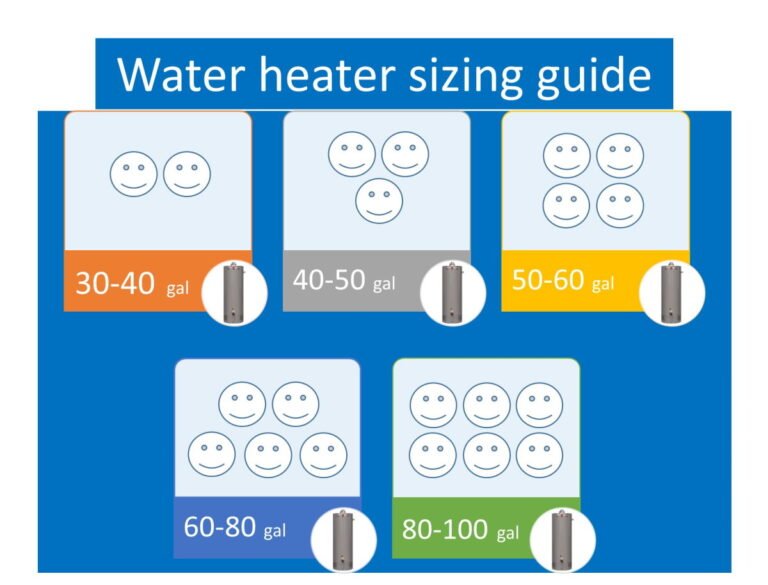
Sizing a Tank Water Heater: How To Choose The Best Size for Your Home
Are you tired of running out of hot water during your morning shower or overpaying on your energy bills? The…
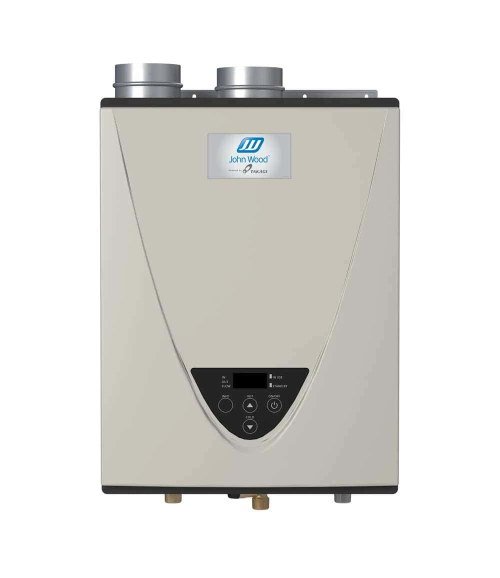
Unlock 7 Essential Benefits of Tankless Water Heaters: Efficiency at Its Best
Explore the benefits of tankless water heaters to find the best solution for all your hot water needs. In the…

What Is a Tankless Water Heater? Things You Need to Know!
If you’ve ever wondered, “What is a tankless water heater?” you’re not alone. Many homeowners today are exploring more energy-efficient…

